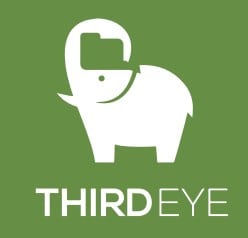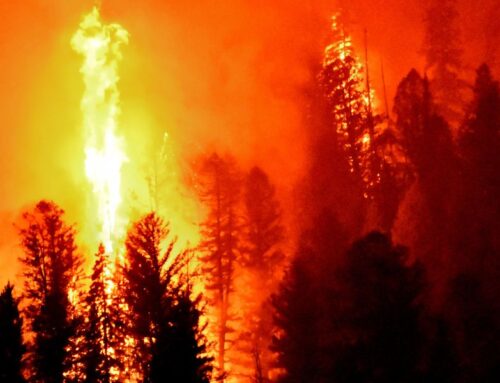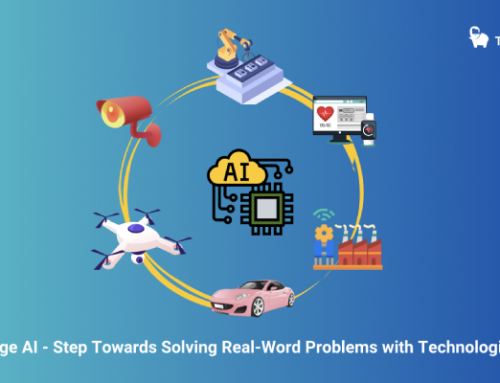LEVERAGING ARTIFICIAL INTELLIGENCE INNOVATIONS IN ASTRONOMY

There is no such talent who could successfully keep up the crucial information and sensitive records produced by today’s physics and astronomy experiments. A radio telescope, the Square Kilometer Array stiffly grounded to switch on in the mid-2020s is projected to generate maximum data traffic annually as the entire internet.
Maximum count of scientists is trying to grip the help from artificial intelligence. With minimum human contribution, a few major AI systems such as artificial neural networks-computer-simulated networks of neurons that reflect as a function of brains can pull out through mountains of data, detecting patterns that human could never have spotted including highlighting anomalies.
In the current scenario, scientists are crucially debating about the newly launched techniques in machine learning, and AI is on the urge to represent a fundamentally new way of doing science. Moreover, generative modeling holds an ability to identify the reasonable theory among competing explanations for observational data without any pre-programmed knowledge of what physical processes might be implemented at work in the system.
Gone are the days when we learned about nature through observation and climate change. Today science stands the greatest advancement through simulation. An astronomer can model the movement of the Milky Way and its neighboring galaxy, Andromeda, and estimate that they’ll collide in a long future. Thus, observation and simulation help scientists generate hypotheses that can be examined with further observations.
It’s basically a third approach, between observation and simulation”, an astrophysicist, Kevin Schawinski confirmed.
It is reported that some scientists can sight generative modeling and other new techniques simply as power tools for doing traditional science. Most of them are in favor that AI is having a potential impact, and the role of it in science could bring a tremendous succession. Brian Nord, an astrophysicist at Fermi National Accelerator Laboratory who plays a hand on artificial neural networks to study the cosmos, is among those who fear there’s nothing a human scientist does that will be impossible to automate. “It’s a bit of a chilling thought,” he said.
Discovering Generation by Kevin Schawinski
Since schooling, Kevin Schawinski, an astrophysicist who runs an AI company called Modulos has been working on for himself to find positive results in data-driven science. During the time of working on his doctorate, he faced the task of classifying millions of galaxies based on their appearance. As available software refused to offer a job, he decided to crowdsource it and so the Galaxy Zoo citizen science project was formed. In the early days of 2007, computer users delivered the insights to astronomers by logging their best guesses as to which galaxy belonged in which category. This project reached a succession level.
“Today, a talented scientist with a background in machine learning and access to cloud computing could do the whole thing in an afternoon”, noted Schawinski.
In 2016, Schawinski shifted to the newest tool of generative modeling. Most importantly, generative modeling; given condition X, that you’ll observe outcome as Y. The approach has proved incredibly potent and versatile. As an example, using a generation model, you need to set a few images of human faces. Every face is labeled with the person’s age. The computer programming combines through these “training data,” and begins to draw a connection between older faces and an increased likelihood of wrinkles.
In a paper published in December in Astronomy & Astrophysics, Schawinski and his ETH Zurich colleagues Dennis Turp and Ce Zhang used generative modeling to investigate the physical changes that galaxies undergo as they evolve. The model created artificial datasets as the scope of examining hypotheses about physical processes. They asked, for instance, how the “quenching” of star formation- a sharp reduction in formation rates- is related to the increasing density of a galaxy’s environment.
AI and neural networks have come to play a crucial role in contemporary astronomy and physics research. At the Heidelberg Institute for Theoretical Studies, the physicist Kai Polsterer heads the astroinformatics group- a team of researchers focused on new, data-centered methods of doing astrophysics. In the current scenario, they have been using a machine learning algorithm to extract redshift information from galaxy data sets, a previously arduous task.
Polsterer sees these new AI-based systems as “hardworking assistants” that can comb through data for hours on end without getting bored or complaining about the working conditions. These systems can do all the tedious grunt work, he said, leaving you “to do the cool, interesting science on your own.”
But they’re not perfect. In particular, Polsterer cautions, the algorithms can only do what they have been trained to do. The system is “agnostic” regarding the input. Give it a galaxy, and the software can estimate its redshift and its age but feed that same system a selfie, or a picture of a rotting fish, and it will output a wrong age for that, too. In the end, oversight by a human scientist remains essential, he said. “It comes back to you, the researcher. You’re the one in charge of doing the interpretation.
Schawinski recently left academia for the private sector. He now runs a startup called Modulos which employs a number of ETH scientists and, according to its website, works “ in the eye of the storm of developments in AI and machine learning”. Whatever obstacles may lie between current AI technology and artificial minds, he and other experts feel that machines are poised to do more and more of the work of human scientists. Whether there is a limit remains to be seen.
“Will it be possible, in the foreseeable future, to build a machine that can discover physics or mathematics that the brightest humans alive are not able to do on their own, using biological hardware?” Schawinski wonders. “Will the future of science eventually necessarily be driven by machines that operate on a level that we can never reach? I don’t know. It’s a good question.”
Source: LEVERAGING ARTIFICIAL INTELLIGENCE INNOVATIONS IN ASTRONOMY







